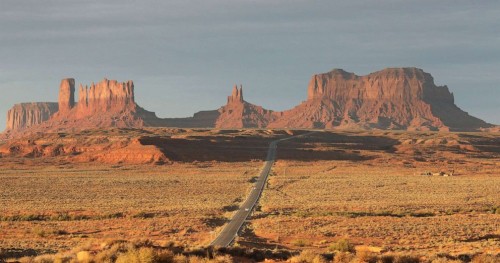
As the death toll from coronavirus rises in Navajo nation, experts closest to the crisis are tragically finding themselves the least surprised.
More and more conversations have circled back to warnings laid out nearly a decade ago, when the Centers for Disease Control and Prevention looked into the reasons the H1N1 flu killed four times the number of Native Americans compared to the rest of the population.
The 2009 study, commissioned by 12 states, found that the astronomically high death rate among Native Americans from H1N1 was largely because of health disparities like diabetes, heart disease and asthma that were — and still very much are — prevalent in Native American communities.
Laura Hammitt, director of Infectious Disease Programs for the Johns Hopkins Center for American Indian Health, has followed those trends back to 1918, when the Spanish flu nearly demolished Native American communities.
“If you think about the 1918 flu or the 2009 H1N1 influenza, during those respiratory viral pandemics we saw that Native American children and adults had markedly higher rates of both death and disease — sometimes in some cases four to five times higher than the general U.S. population,” Hammitt said.
Why? A combination of high-risk health conditions, Hammitt said, as well as the impacts of poverty and the challenges of social distancing posed by crowded living situations.
The stark reality, however, is that despite the 100 years separating the Spanish flu and H1N1 — and the decade between H1N1 and coronavirus — those risks are still just as prevalent for Native American and communities across the country facing similar challenges.
Hammitt said the Navajo Nation and Indian Health Service are doing a great job responding to the crisis with the resources they have but there is still concern knowing how much of the population is high risk.
“I think what is happening on Navajo Nation is not unlike what will happen in other communities that are really significantly impacted by poverty,” Hammitt told ABC.